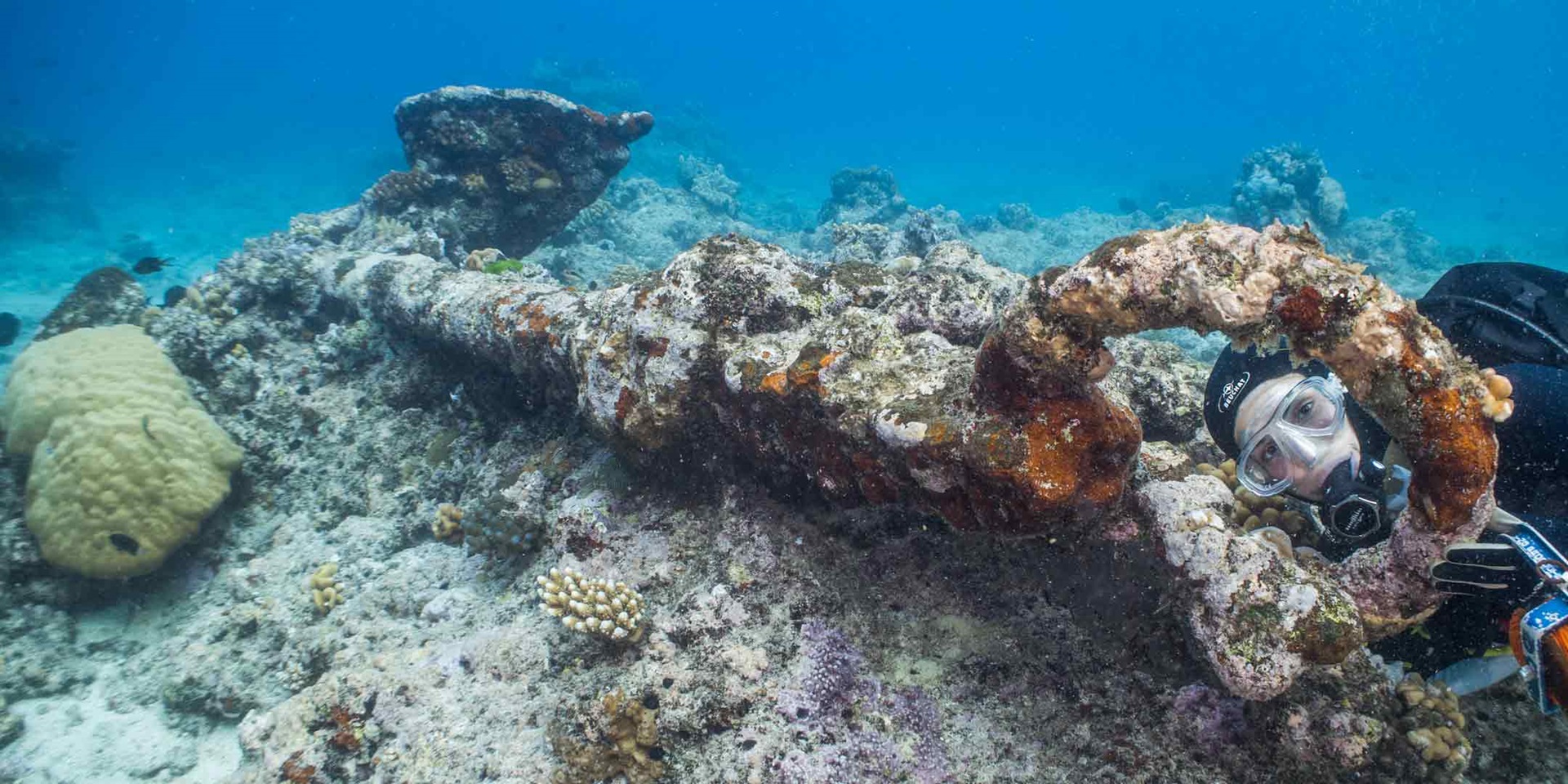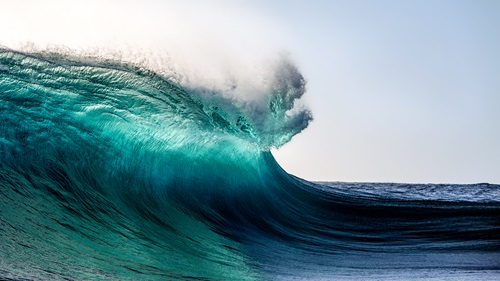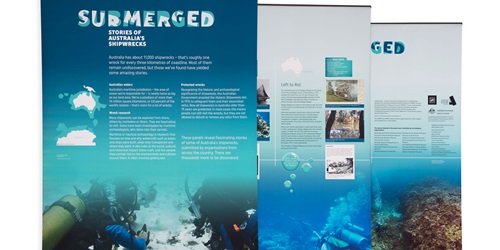Speakers and Topics on the night:
Emily Jateff, Australian National Maritime Museum: The last mysteries of the Titanic.
In 2005, maritime archaeologist Emily Jateff participated in the Last Mysteries of the Titanic expedition funded by the Discovery Channel and Earthship Productions, and led by filmmaker and explorer James Cameron. The purposes of the expedition were to investigate the interior of the bow section of RMS Titanic using state-of-the-art miniature remotely operated vehicles (ROVs), and to send the first live video feed from the bottom of the ocean.
Read more about Emily's visit to Titanic
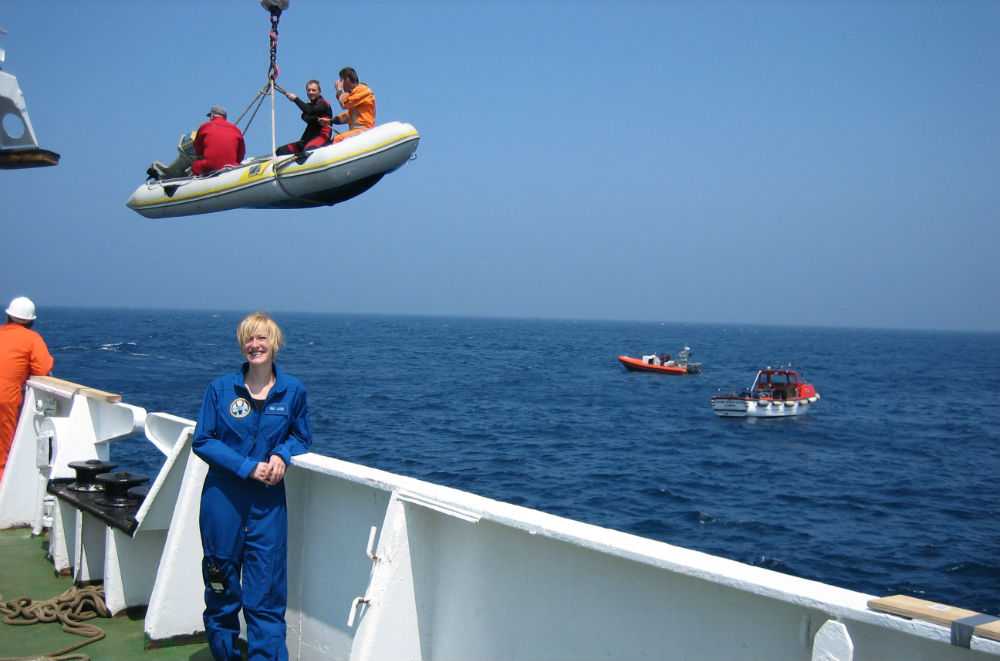
Image: Emily Jateff, Last Mysteries of the Titanic expedition
Paul Hundley, Silentworld Foundation: Boots and All – Recent Shipwreck Discoveries in the Coral Sea.
In December 2018, a team of archaeologists from the Silentworld Foundation and the Australian National Maritime Museum located a mystery shipwreck at Boot Reef off Australia’s far north-east coast. Archival information narrowed down the possible identity to one of a handful of wrecks from the early 19th century – foremost among them a site first reported in 1891, which according to legend, contained a hoard of silver coins that came to be known as ‘The Jardine Treasure’.
Read about wreck diving on Boot Reef
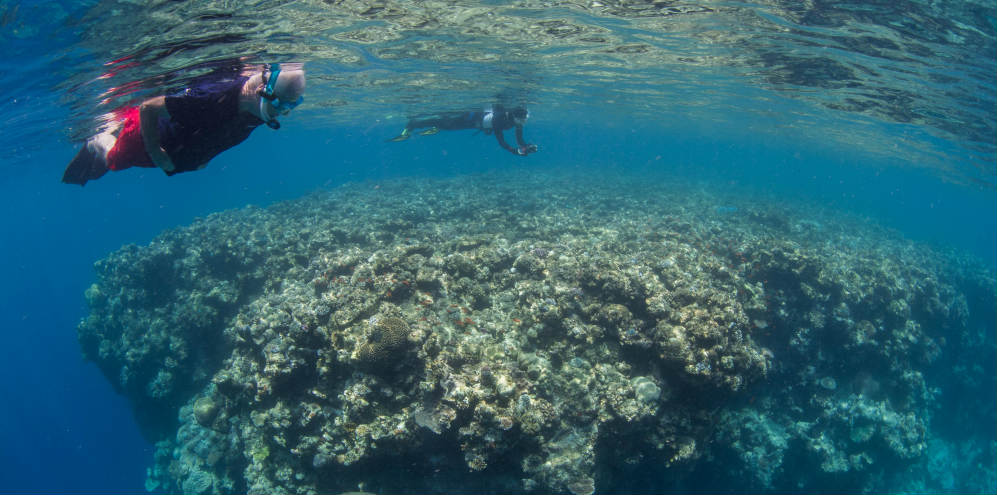
Boot Reef. Image: Julia Sumerling, Silentworld Foundation
Dr James Hunter, Australian National Maritime Museum: The Barque South Australian - Discovery and Documentation of South Australia’s Oldest Known Shipwreck.
In early 2018, a collaborative team comprising maritime archaeologists, museum specialists and volunteers from the South Australian Department for Environment and Water (DEW), South Australian Maritime Museum, Silentworld Foundation, Australian National Maritime Museum, MaP Fund and Flinders University surveyed for and located the shipwreck site of the barque South Australian. Lost at Rosetta Harbor in December 1837, South Australian is South Australia’s oldest documented shipwreck. Its significance also derives from its use as one of the earliest immigration ships to ferry European settlers to the colony of South Australia, as well as careers as a postal packet and ‘cutting-in’ vessel for shore-based whaling activities. This talk will discuss the effort to locate South Australian, as well as archaeological fieldwork that has taken place at the wreck site subsequent to its discovery.
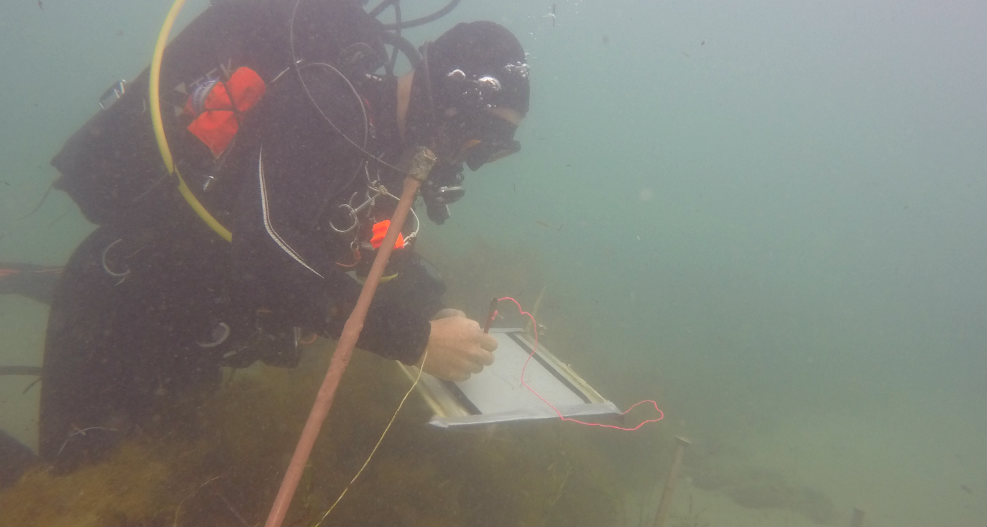
Dr James Hunter, South Australian dive. Image: Kieran Hosty, Australian National Maritime Museum
Irini Malliaros, Silentworld Foundation: Black as Reefs.
Satellite imagery of reef systems that are home to historic shipwrecks has revealed their effect on the surrounding reef ecosystem. Normally the tougher, metal elements of a shipwreck are all that remains as reminders of the wrecking event. The largest of these, usually iron and in the form of anchors and chain, appear to be releasing iron into the water and the effect is both surprising and useful - the reef around a shipwreck appears dark in colour owing to a change in the benthic community structure, highlighting the area where shipwreck remains are likely to be found.
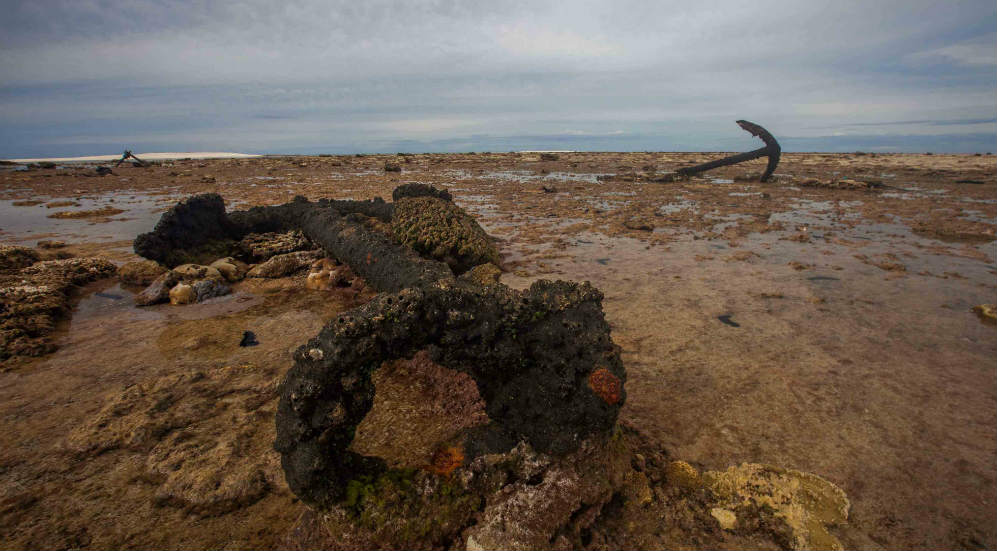
Kenn Reef Expedition. Image: Julia Sumerling, Silentworld Foundation
This Ocean Talk is presented in partnership with The Silentworld Foundation.
For more information on National Archaeology Week head HERE
Note: Ticket includes light refreshments and exclusive access to the Wildlife Photographer of the Year exhibition between 5 - 6pm.
Featured image: Boot Reef expedition. Image: Julia Sumerling/Silentworld Foundation.
Book Now
Speakers
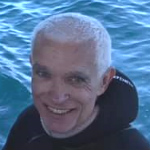
|
Kieran Hosty is the Manager of the Maritime Archaeological Program at the Museum and former curator / manager of Hyde Park Barracks Museum and Commonwealth Shipwrecks Officer in Victoria. Kieran has worked in the field of maritime archaeology and historic site conservation and interpretation for more than twenty years and has been actively involved on a number of highly successful and innovative projects including the excavations of HMS Pandora (1791) and Sydney Cove (1797). As well as the Lord Sandwich ex HMB Endeavour in Newport, Rhode Island and the battle to save HMAS Perth (I) in Banten Bay, Indonesia.
|
| |
|
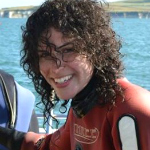
|
Irini (Renee), MSc, is maritime archaeologist and program administrator at the Silentworld Foundation. With a degree in both biology and maritime archaeology, Renee takes an all-encompassing interest in the underwater world. She has been involved in maritime heritage projects on sites ranging temporally from late 16th century shipwrecks to submerged heritage of the Second World War, and spatially from the UK to Australia; remote locations of the Coral Sea and Torres Strait; and more recently to the US. The study of ‘black reefs’ at remote shipwreck sites has been her recent focus.
|
| |
|

|
Dr James Hunter is the Curator of RAN Maritime Archaeology at the Australian National Maritime Museum, and an Associate Lecturer in the Department of Archaeology at Flinders University in South Australia. A maritime archaeologist for over two decades, he has worked on a variety of archaeological sites ranging from prehistory to the modern era, including submerged landscapes, shipwrecks and aircraft crash sites. James was a member of the archaeological team that investigated the world’s first successful combat submarine, H.L. Hunley, and a staff archaeologist with the U.S. Naval History and Heritage Command’s Underwater Archaeology Branch.
|
| |
|
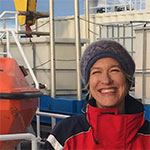
|
Emily Jateff is the Curator of Ocean Science and Technology at the Australian National Maritime Museum.
She is also a maritime archaeologist and marine science education advocate. Emily is passionate about the ocean sphere and its inhabitants (finned, legged or otherwise powered), and is busy plotting her next deep sea adventure.
|
| |
|

|
Paul Hundley is a maritime archaeologist and director of the Silentworld Foundation Museum. Trained in the United States he was the archaeologist responsible for the assessment and reassembly of the Batavia shipwreck (1829) stern section at the Western Australian Maritime Museum – the only shipwreck structure in Australia to date that has been archaeologically excavated, disassembled, successfully reconstructed and subsequently placed on display at the Shipwrecks Museum on the corner of Cliff Street and Marine Terrace, Fremantle in Western Australia.
|
